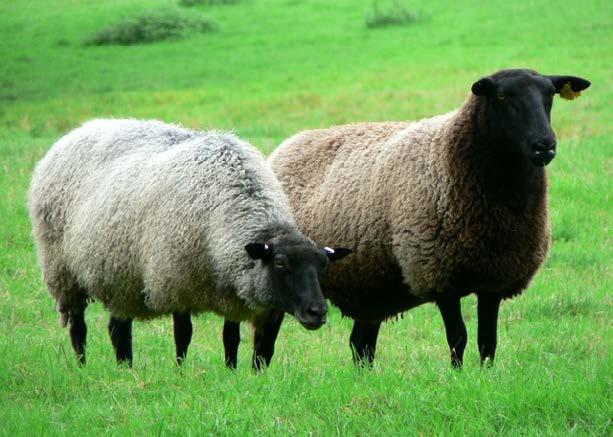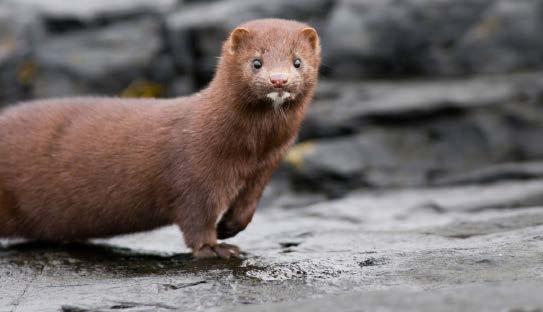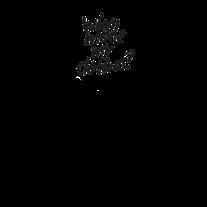Invasive fashion
Description
This lesson focuses on invasive species, with two examples of invasive species being introduced by transporting textile goods. The lesson begins with learners discussing what they already know about the invasive species. It continues with the educator discussing the two examples described below. After that, learners will have to solve six questions. At the end of the lesson, learners will be guided with questions to spark their thinking and recapitulate what they have learned.
Objective
The objective of this lesson is to learn about basic concepts of invasive species. Also, students will recognize how the fashion industry and transportation of textile raw materials can introduce plant and animal invasive species to new environments. After this lesson you will be able to - describe what invasive species are - define the essential characteristics of invasive species - describe how transportation of textiles can be a cause of introducing invasive species to a new environment - name several invasive species in your country - name several ways of controlling invasive species
Tools and materials
pen, paper, google search
INVASIVE SPECIES:
Any nonnative species that significantly modifies or disrupts the ecosystems it colonises.
Try to name as many invasive species as possible, and explain how they damage the environment.
Do you know how foreign species can be introduced to a new environment?
Can climate change be to blame? Explain how.
The trade of goods between distant areas of the world has existed since ancient times. The famous route, called the Silk Road, connected Europe with the Far East and was the primary road for transport of textiles (silk travelled from the east to the west, and wool the opposite way). Although the Silk Road was connecting distant areas of the world, the pace of transport was plodding.
Nowadays, things have changed, and textile transport has become much faster. With that kind of change, the danger of introducing alien species to the new environment the textiles are transported to or through, became much more probable.
The Encyclopaedia Britannica defines invasive species as “any nonnative species that significantly modifies or disrupts the ecosystems it colonises”. The essential characteristics of invasive species are: quick at adapting to a new environment (successfully evading predators and pathogens, having a general diet, etc.), fast reproduction, and creating damage to the local ecosystem.
In the modern era, there are many examples of invasive plant and animal species being introduced to various parts of the world via the transportation of textile goods.
Here we are going to focus on two examples.
In modern times, the primary source of wool in Europe are Australia, Central America, and South Africa. Wool is a good means of transport for the plants, as the plants and seeds quickly get stuck in it. So good that the plant species introduced to the new environment via wool deserved their name - the wool aliens.
The ecosystems of Australia, Central America, and South Africa differ significantly from the ecosystems of Europe, containing different animal and plant species. Although those parts of the world present habitat to different plant and animal species than Europe, the European climate and environment, in general, might suit some of those species very well.
If a particular species is introduced to a novel environment and seems to thrive well there, it can cause devastating damage to the local ecosystem.
An example of wool aliens introduced to Europe comes from Brno, the Czech Republic, where the wool processing factory was placed back in the 1960s. Most of the raw material for the factory’s business came from Australia, South Africa, and Central America, and the waste product of the wool processing was happily used as a garden fertiliser.
Back in the day, scientists recorded 56 novel plant species in the gardens of the factory workers and connected them with the wool processing waste. However, the survival of alien species (survival of species relies on the capability of individual organisms to successfully obtain resources from the environment and reproduce) does not rely solely on the event of introduction.
As the introduced species did not evolve in the environmental conditions they found themselves in, survival is a lottery. The slightest of differences can make a difference between life and death.
Photo credit: Raising sheep
Those are the pH of the soil, the amount of the sunlight or the rain, the presence of the predator (herbivore), and many more. Forty years after the 56 new plant species were described in the Czech Republic, only 18 were still present in 2002, which is still a lot.
In the past, fur was a famous textile. Certain animals, such as American mink, were prevalent for fur production. American mink (lat. Neovision vision) is a semi-aquatic carnivorous animal from the Mustelidae family, native to North America.
For the efficiency of fur production, the American mink was transported to Europe and bred on mink farms. Naturally, some of the animals escaped from the farm to nature. American minks survived well in the European environment, reproduced, and caused significant damage to various species populations across Europe.
The most damage caused by the American mink has been recorded to populations of ground-nesting birds, especially waterfowl (ducks, geese, swans). The damage was also recorded to populations of other mustelids, such as European mink (Mustela lutreola) and Eurasian polecat (Mustela putorius), as well as to populations of water voles (Arvicola Terrestris), stone crayfish (Austropotamobius torrentium), the dice snake, common frog (Rana temporaria) and many other species.
Photo credit: Mark Hicken
Reflection
In this lesson you learned what invasive species are and how they can spread across the world, with the examples of raw textile transportation.
You’ve learned the basic features of invasive species are quick adaptation to foreign environments, which includes successful evasion of predators and pathogens, having a general diet, fast reproduction, and creating damage to the local ecosystem.
In addition, you have learned what wool aliens are and you’ve heard the story of how wool aliens have been introduced to a new environment.
Also, you have learned how fur production facilitated the introduction of an invasive mammal, american mink, into Europe.
What do you think should be done with existing fur farms? Do you think they should be closed, or there should be extra steps for preventing animals escaping the farms? If you think of closing down the farms, what should be done with the animals being farmed there?
Resources
Rafferty, J. P. (2021, November 17). invasive species. Encyclopedia Britannica. https://www.britannica.com/science/invasive-species
Pyšek, P. (2005). Survival rates in the Czech Republic of introduced plants known as wool aliens. Biological Invasions, 7(4), 567-576.
Pagh, S., Pertoldi, C., Petersen, H. H., Jensen, T. H., Hansen, M. S., Madsen, S., ... & Chriel, M. (2019). Methods for the identification of farm escapees in feral mink (Neovison vison) populations. PloS One, 14(11), e0224559.
Bonesi, L., & Palazon, S. (2007). The American mink in Europe: status, impacts, and control. Biological conservation, 134(4), 470-483.
Cazador, J. (2009, April 24). Dirty sheep. Flickr. Retrieved July 1, 2022, from https://www.flickr.com/photos/jose_cazador/3472190512
With the support of the Erasmus+ programme of the European Union
Matko Tudor, Fashion Revolution Croatia
















